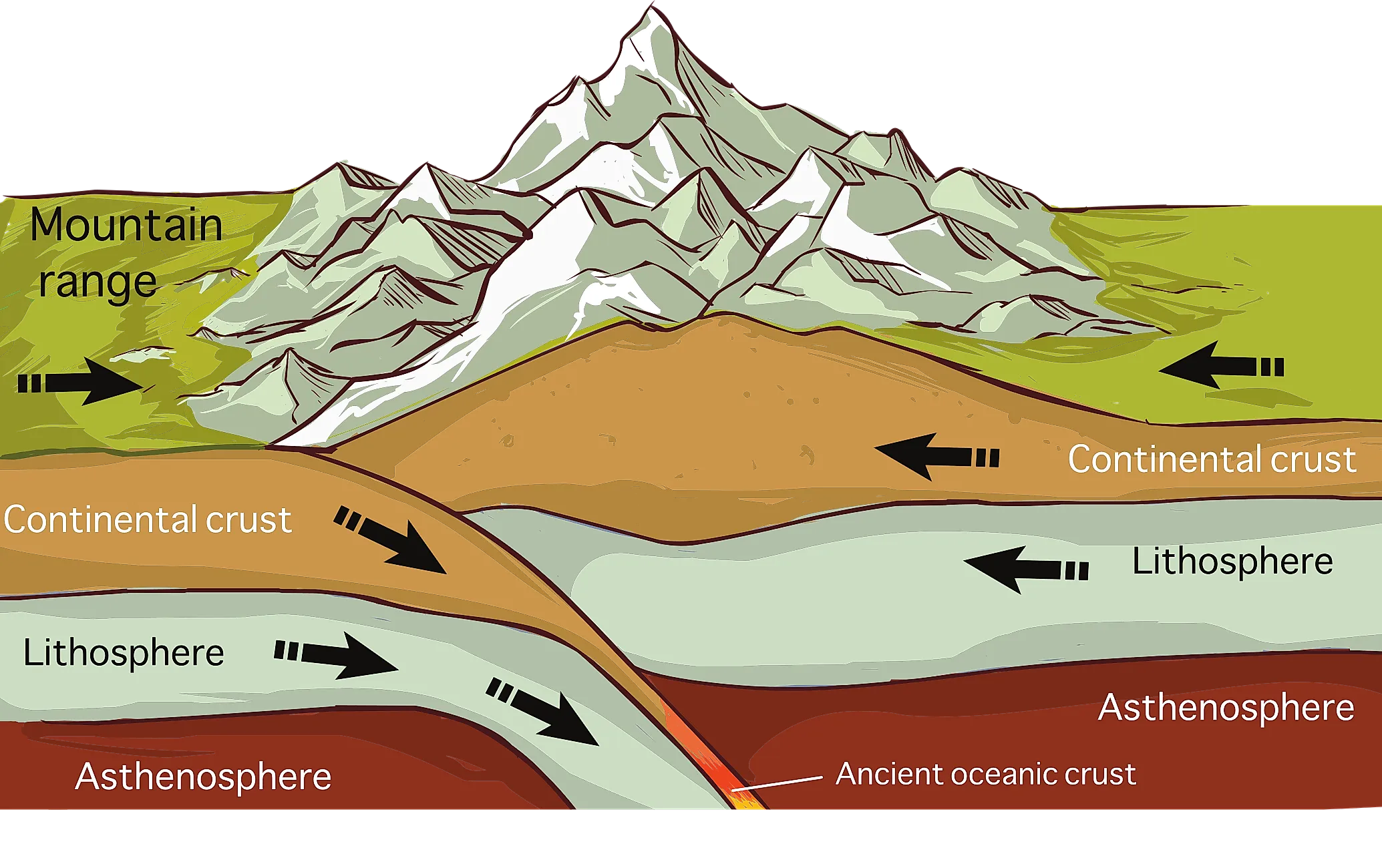
What Happens When Continents Collide?
It takes an incredible level of force to shift the Earth's surface. Therefore, the mechanisms that propel and pull tectonic plates are an endlessly intriguing aspect of our geologic world. This pushing, sliding, and crashing together is all part of a globe-wide process known as continental collision—and it's not just a phenomenon happening on Earth. All around the universe, where denser rock and metals exist under a thick crust due to gravity and temperature, planets experience interactions of opposed boundaries. Ultimately, Earth's continuous collision of continents led to ancient supercontinents like Pangaea. Therefore, identifying what this dynamic behavior, which is equal parts destructive and creative, means for our beloved 'pale-blue-dot' is a subject of undeniable importance.
Overview of Tectonic Plates and the Earth's Crust
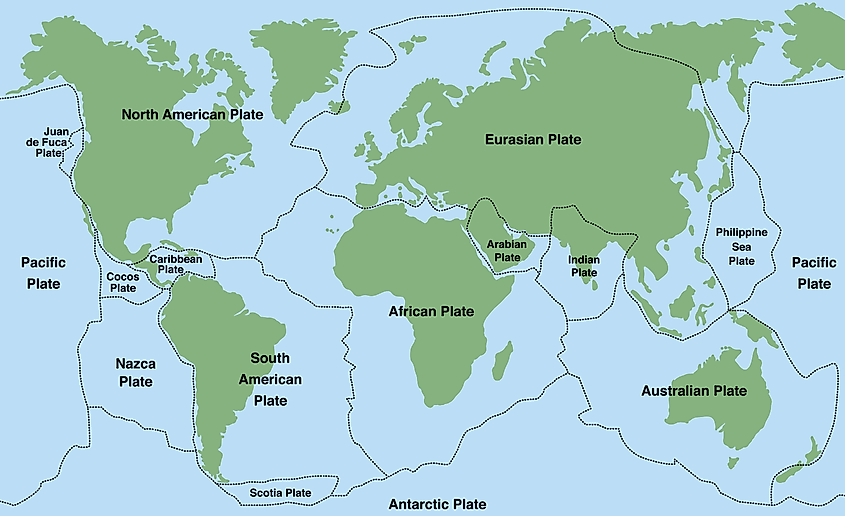
Tectonic plates are vast, thin, constantly shifting slabs of the Earth's rocky crust. These plates comprise the lithosphere, a section of the Earth that includes continental and oceanic crust. The movement of these plates creates mountains, earthquakes, volcanic eruptions, trenches, and other large-scale geological processes that drive changes in the Earth's surface. This movement is driven by powerful forces within the Earth, such as plate convection from radiogenic heat energy or subduction at plate boundaries. These processes contribute to the incredible shifts in our planet's landscape over time. Fascinatingly, these tectonic plates (of which Earth has seven major ones: African, Antarctic, Eurasian, Indo-Australian, North American, Pacific and South American) move at just over half an inch per year.
How Tectonic Plates Interact
Tectonic plates interact and move in ways that shape the planet we inhabit. As plates slide and crash into one another, they create new landforms and sometimes cause devastating earthquakes. The movements of these plates can also be responsible for creating mountain ranges, volcanoes, and ocean ridges through a process known as subduction. This phenomenon occurs when one or more plates dipping beneath another triggers several different forms of activity, such as volcanic eruptions, earthquakes, and changes to the topography of an area. Occasionally, tectonic activity results in deep trenches within the Earth's crust, depressions formed by faults where two separate plates collide along their boundary line.
What Happens When Two Plates Collide
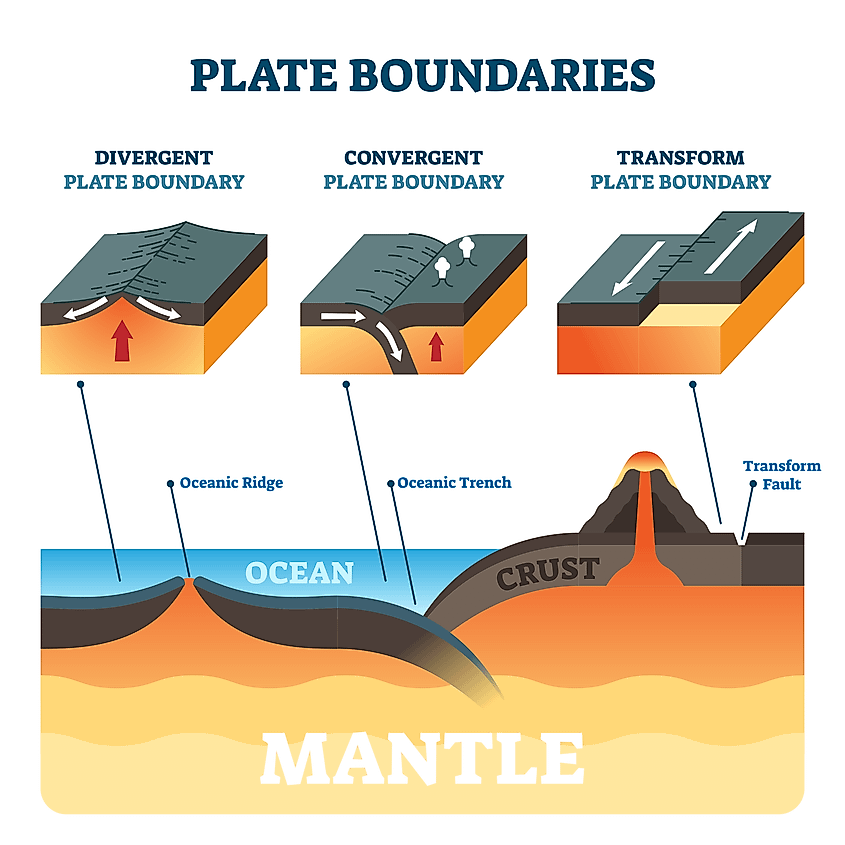
When two tectonic plates collide, the consequences can be wide-ranging and unpredictable. Depending on whether the two plates are converging or diverging, their collision could cause anything from seismic shock and minor earthquakes to the formation of mountain ranges. Convergent plates cause stress between them, which eventually creates higher topography, like mountains or volcanoes. During subduction, the convergence may create oceanic trenches and a phenomenon called island arcs, where large islands form from volcanic eruptions caused by ascending magma. The pressure between colliding plates also affects our climate due to shifting coastlines, changes in water temperature and currents, and landslides that can alter landscapes across entire regions. Earthquakes and tsunamis are further repercussions of underlying tectonic activity that malignly affect nearby populations.
Examples of Mid-Oceanic Ridges
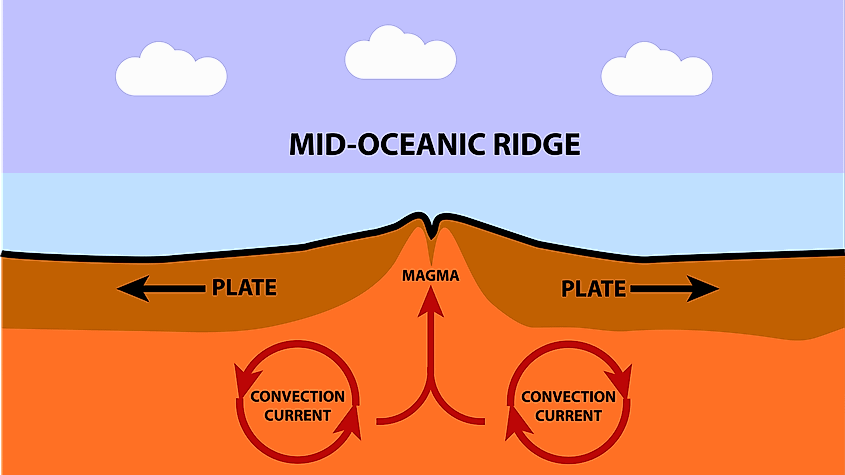
Mid-oceanic ridges are long mountain ranges stretching along the ocean floor, typically found in the center of oceans. Some examples include the Mid-Atlantic Ridge, which runs from Iceland to the southern tip of Africa and divides that portion of the sea into two halves; the East Pacific Rise, extending from Alaska to Central America; and the Indian-Australian ridge, located in the Indian Ocean near Australia. These ridges form when magma rises from deep within Earth's crust and pushes massive tectonic plates apart, allowing new material to settle between them. This action eventually spawns entire ocean basins.
Subduction Zones and Mountain Building Processes
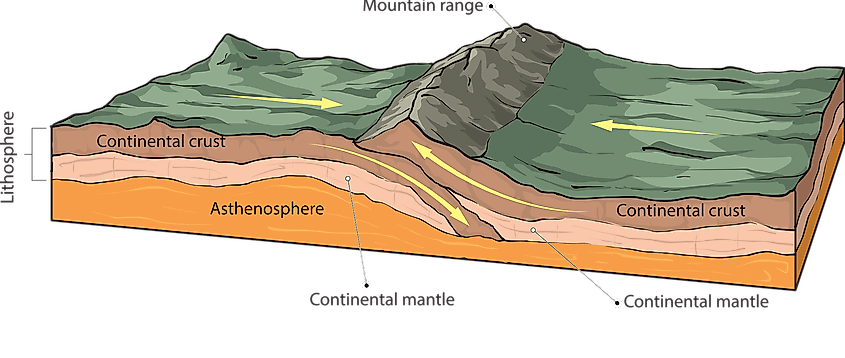
As a result of subduction, one end of the sinking plate thrusts up, causing pressure to build and form mountains as the two sections push against each other. This process of creating colossal mountain ranges is known as orogeny, and it happens due to constant motion in Earth's mantle. Earthquakes and volcanoes often occur in these regions due to massive landmass friction. It usually takes millions of years for mountain ranges to reach their highest point, but they may also erode over time, leading them to sink back down into the Earth's surface. Though the processes of orogeny and subduction can have devastating consequences, they play an important role in helping scientists better understand our planet through shifts in seismic activity or changes in oceanography.
Effects of Continental Collision on the Earth's Surface
The effects of a continental collision on the Earth's surface vary immensely. Large landmasses, such as tectonic plates, cause destructive and constructive changes. Earthquakes, volcanoes, mountain formations, and the movement of bodies of water all happen due to these collisions. The pressure generated during this process can also have drastic effects, including changes to the oceanic crust and Earth's climate. In addition to reshaping our world's existing landforms and patterns, continental collision sometimes creates entirely new ones; new coastlines can form due to increased elevation levels in regions like India or the Himalayas. As proof of these processes, ancient marine fossils are found even as high up as Mount Everest: this is evidence that even the tallest peak once sat on the ocean floor.
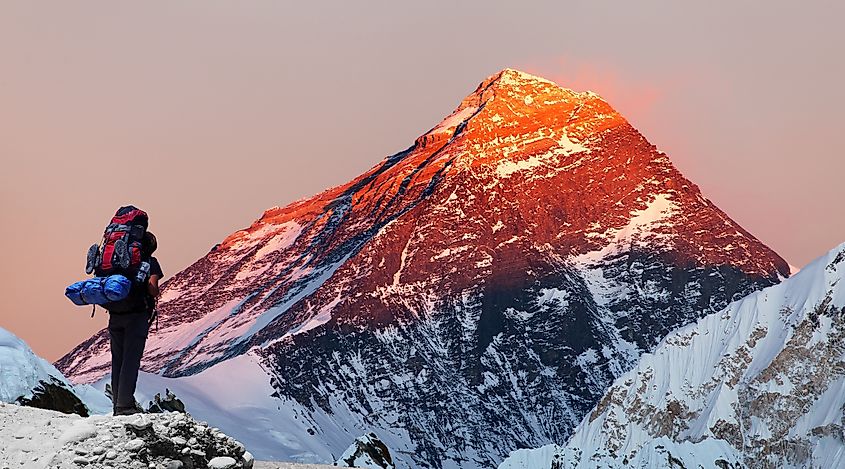
Tectonic plates have a powerful and fascinating effect on our world. Although the process of tectonic plate movement is slow, its effects are immense. The divergent movements cause forms such as mid-oceanic ridges and transform faults to form, while convergent movements create major subduction zones and mountain-building processes. Convergent motions can result in continental collisions, which alter the physical topography of the Earth's surface by producing mountain chains, shallow seas, and even entire island arcs. Understanding these massive forces impacts human activities such as economic development, transportation planning, and natural disaster preparedness. Thus, it is essential to continuously educate ourselves about this complex yet fascinating phenomenon that continues to shape our world through its powerful effects on the Earth's crust and landscape.











